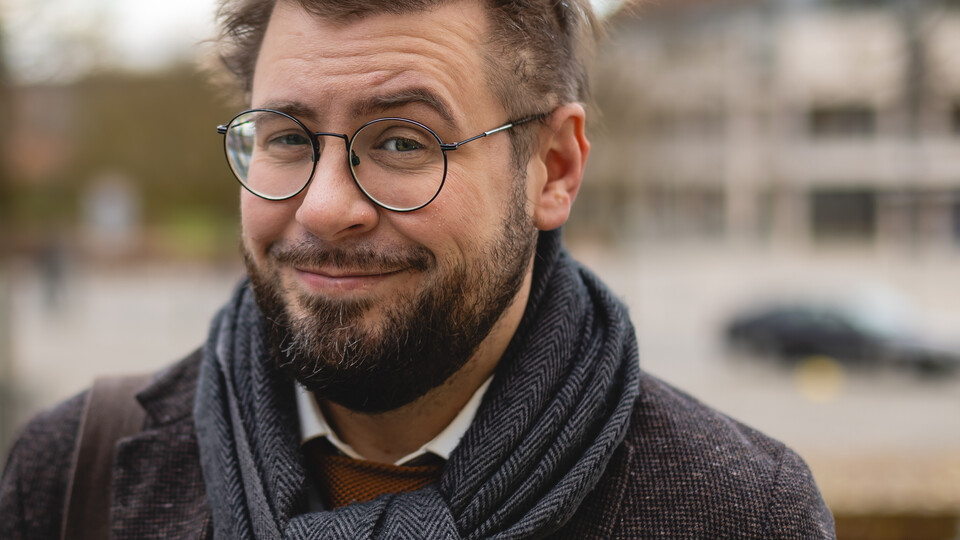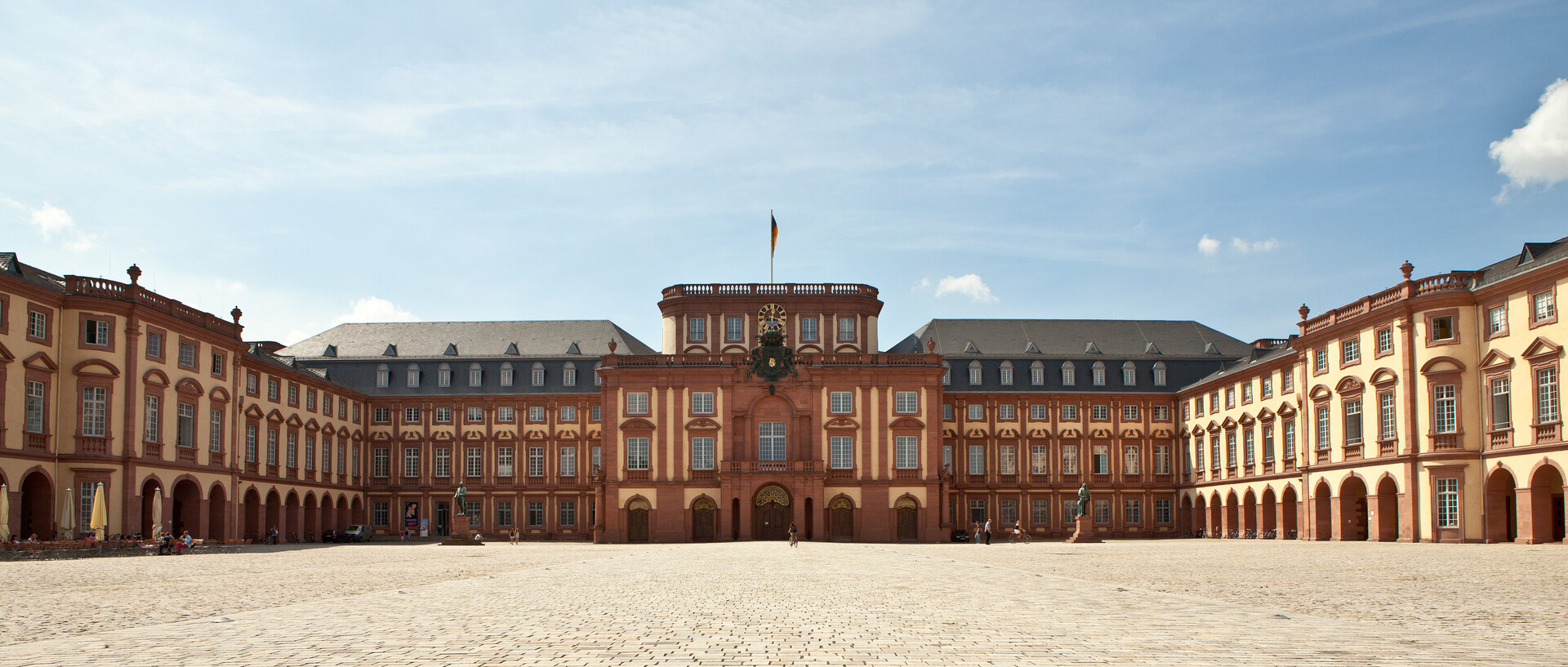The Cultural History of Sleepless Nights

In his research, Mannheim historian Professor Hiram Kümper focuses on sleep and wakefulness – and shows how these two states have been valued differently over the centuries from a cultural perspective.
According to Kümper, people have always regarded insomnia ambivalently, yet never without suspicion. For a long time, wakefulness was considered a means of asceticism and epiphany. Medieval monks were convinced that transcendental experiences are common when humans are sleeping as they lose control over themselves: the good and the bad may come to light – the divine aspects of the human being and creative thoughts, but also sin and hidden secrets that would have better remained under the surface. During the era of Romanticism, many genius artists and polymaths thus were obsessed with revered insomnia.
Sleep deficiency was only considered a problem during the era of Enlightenment, when the importance of sufficient sleep for human health or rather for the “preservation of vital forces” – as they said at that time – became a prevailing issue in medicine and the newly developing science of healthy living. This is when soporifics became popular – as well as their abuse.
Kümper does not research the history of insomnia for its own sake but because its evaluation serves as an indicator for changing conceptions of human rationality and creativity as well as health and body-awareness – and not least for the society that produces and transmits this knowledge.
